There is a vacant lot at the edge of downtown Philipsburg, Pennsylvania, my hometown. Three years ago, a handsome, sturdy brick factory building stood in that lot, albeit most of the windows were broken, as it had been abandoned for years. After it closed, the building became a favorite hangout for ne’er-do-wells, whose act of arson forced its recent demolition.
For decades, though, the clothing factory employed thousands of people and made downtown hum, as workers crowded the restaurants and took care of errands on their lunchbreaks. They – along with the hundreds of people employed by a cigar plant on the outskirts of town – also bought houses and rented properties here and supported locally owned pharmacies, barbers, hardware stores, grocery stores, and the hospital.
Bruce, who’s owned an electrical supply store downtown since 1978 and used to sell lightbulbs and other parts to the sewing factory, as well as to manufacturing facilities in neighboring states, told me, “That all went away with NAFTA.”
What Bruce asserts he experienced (and data backs up) is something many free-trade gurus like to deride. “The populist story of the death of US manufacturing is nonsense,” the Cato Institute’s Norbert J. Michel declares this week in the Wall Street Journal. “It’s true that the number of manufacturing jobs is lower than it was in 1970. But that’s because we can make so much more with fewer people. Blame technology, not trade.”
The North American Free Trade Agreement went into effect in 1994, and in central Pennsylvania and other parts of the Rust Belt, we have yet to wake up from the nightmare. Our main streets are quiet ghost towns, with a lot of the old buildings sitting empty and blighted. Our populations are half what they were, and too many of the destitute citizens left behind resort to drugs – hence the opioid crisis. The government has the gall to try to revive these rundown places by doing what it does best: throwing money at the problem it created.
Is this all because “technology” was so advanced in 1994, or is it, as Patrick Buchanan wrote in 2014, because “what was wildly wonderful for Corporate America was hell on Middle America”?
“Populists may want to bring back the factory towns of the 1950s,” Michel goes on, “but most Americans are too busy enjoying the prosperity of the 2020s.”
By “the prosperity,” does Michel mean the computers, smartphones, toys and lithium-ion batteries that account for 27 percent of US goods imports from China? Or is he referring to the “prosperity” of American households, which are more deeply in debt than they’ve ever been?
Right before painting populists as luddites bent on forcing people back into Dickensian sweatshops, Michel notes, “American manufacturers now operate more efficiently, use fewer natural resources, require less backbreaking labor, produce less pollution and employ more highly educated people than ever. No tariff or trade restriction is going to reverse those trends, and the US shouldn’t try to do so.”
You know who doesn’t give a fig about natural resources, pollution or the treatment of their workers? Communist China, our third biggest trade partner, with whom our trade deficit widened in 2024. Populists aren’t advocating for archaic 1950s manufacturing to come back; in fact, in Philipsburg, we’ve seen some manufacturing return as a state-of-the-art sewing facility – powered completely with solar panels – has set up shop. A truck bed cover manufacturer, which pays its employees the equivalent of a 40-hour work week for 35 hours of weekly work has moved in a few doors down. These companies chose this region to build their factories because they could tap into a workforce that still possessed the skills of sewing and welding. They’re two of the best places to work in town.
Meanwhile, the older generations are sure to note in their obituaries the decades they remained loyal working to produce American-made products at the local manufacturing facilities; today, the most common job in America is “retail salesperson.”
Free trade, Buchanan wrote, isn’t free. It robs Middle America of its pride, its people and its heritage. Tariffs make sense, and those throwing a tantrum over enduring some temporary financial pain either forget or never experienced the agonizing effects of NAFTA and GATT and the “economic treason” (another Buchananism) these policies encouraged and that so many places like Philipsburg continue to suffer from. Free trade is also a national security liability. We relied on China for 70 percent of all our lithium-ion battery imports last year. Is this really a position we want to be in with a Communist country with a growing arsenal of nuclear weapons?
Bringing manufacturing back to the US will take work, no doubt, but it’s either now or never. As I’ve lamented in the past, we’re already forgetting how to make things. CNN reported that in Michigan in 2017, workers at the Ford plant who blamed NAFTA for destroying the American Dream, calling it “a catastrophe,” were eager to make things themselves. They embraced the idea of doing it alongside robots and with the aid of computers.
Protectionist policies do just that – they protect the countries that implement them from becoming hyper-dependent consumers. If all you care about is getting the iPhone 16 Pro Max for cheap – human rights and environmental devastation and national security and your neighbor’s livelihood be damned! – then free trade away. But if you’re from a place that’s barely breathing because the town’s lifeblood was offshored to Mexico, then you’ve seen proof how decreasing the trade deficit increases our prosperity, provides economic stability to workers and restores dignity to communities, all the while making America independent, safer and stronger.



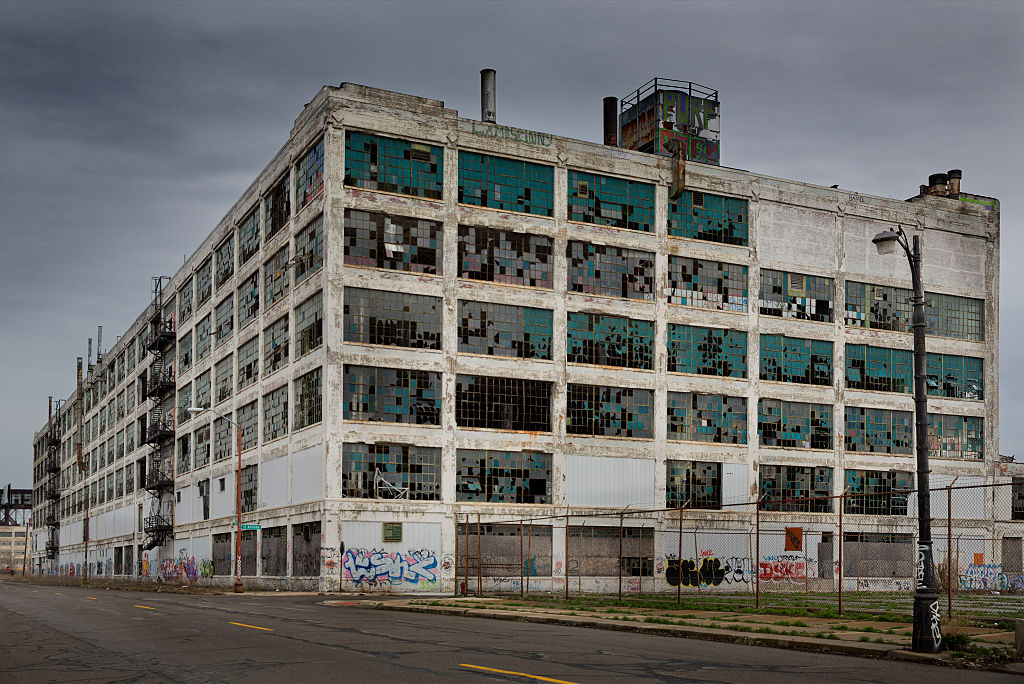










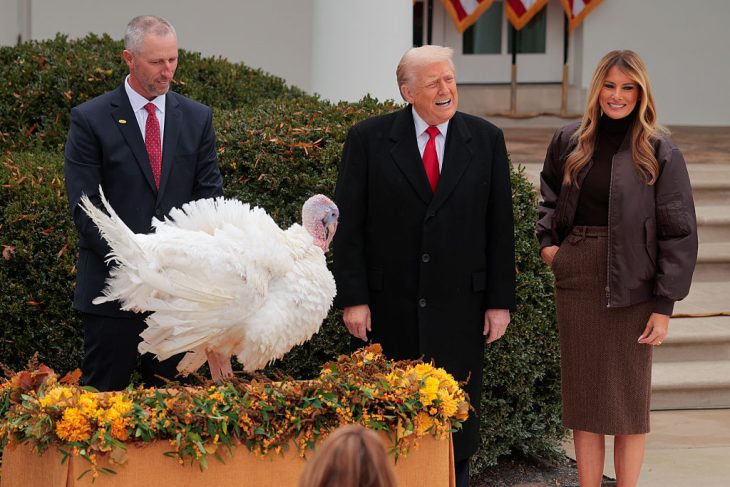
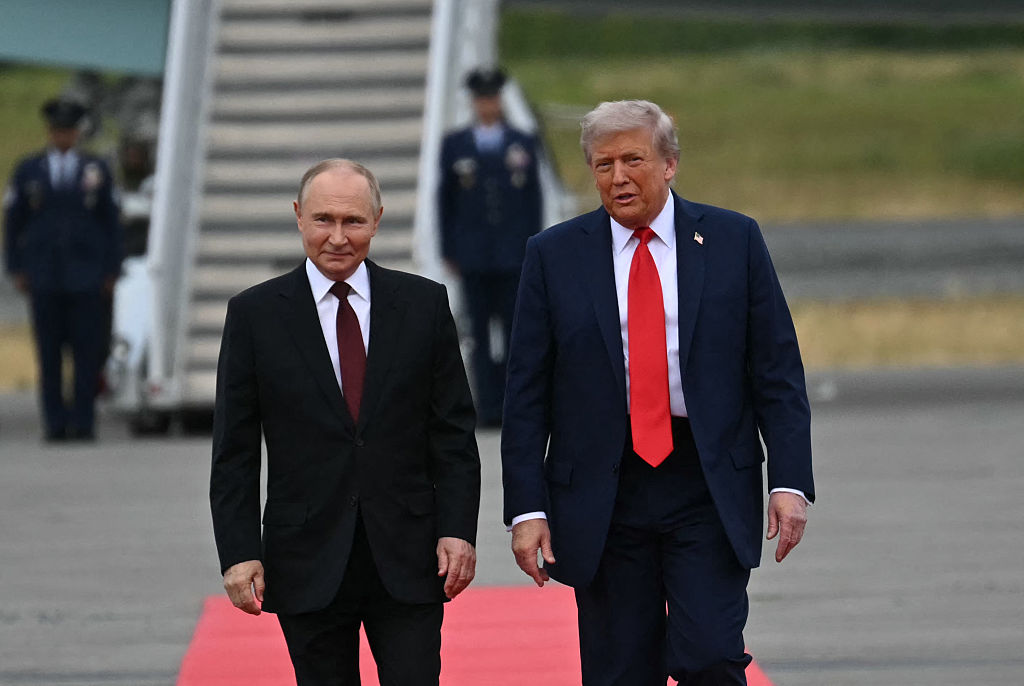

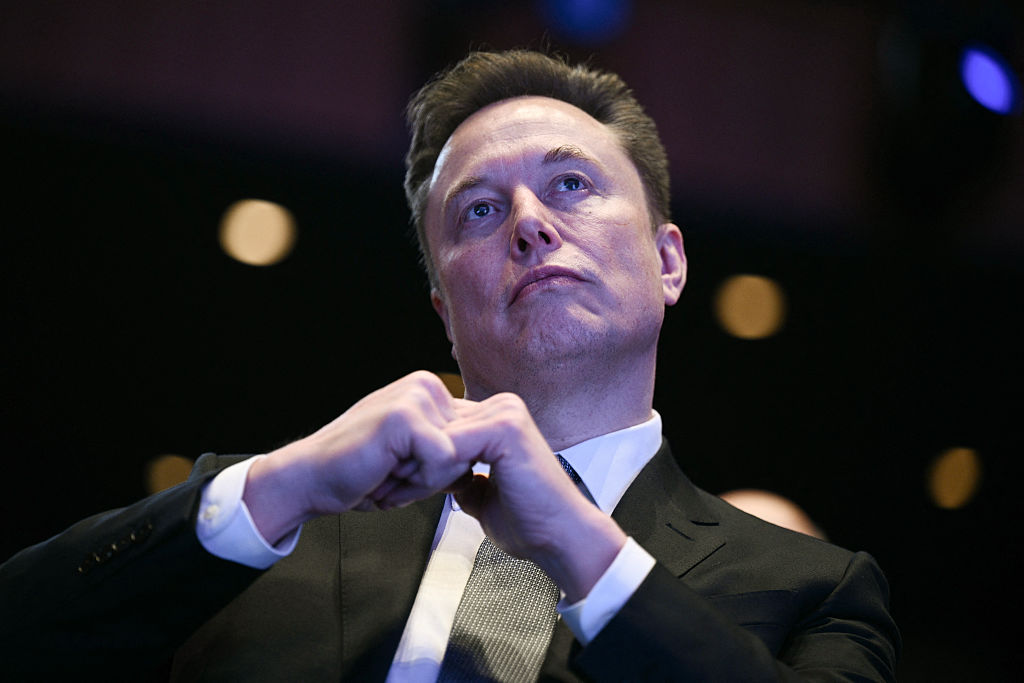
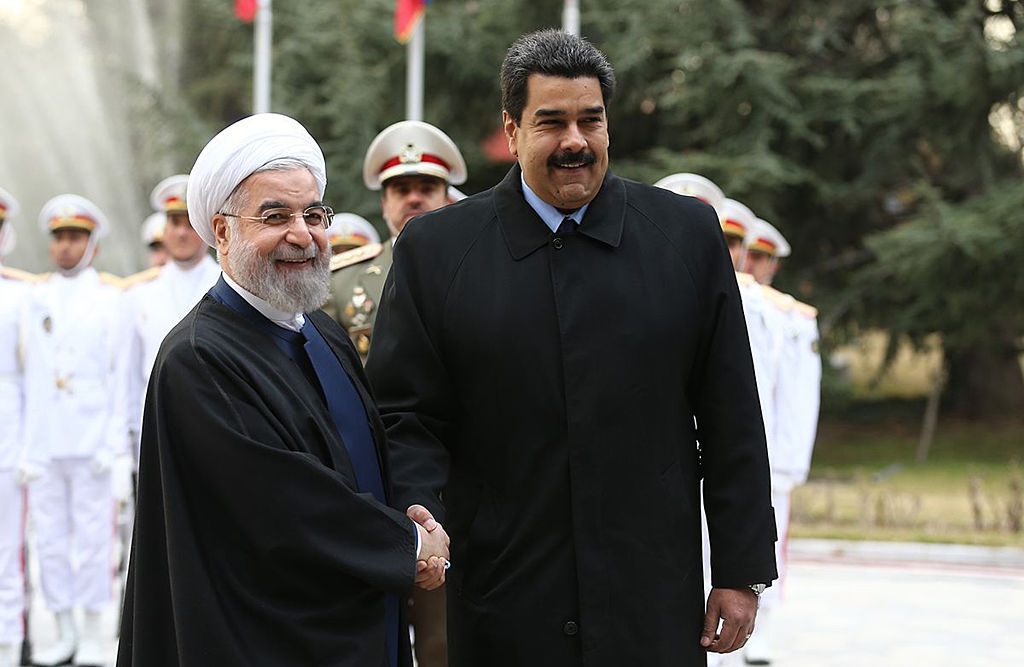

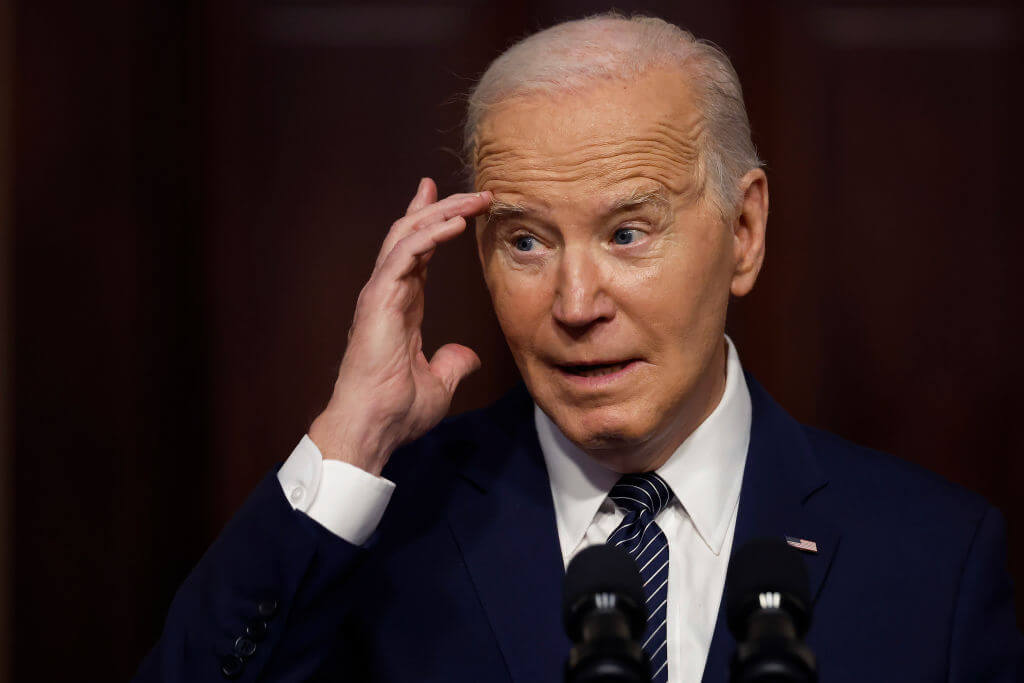



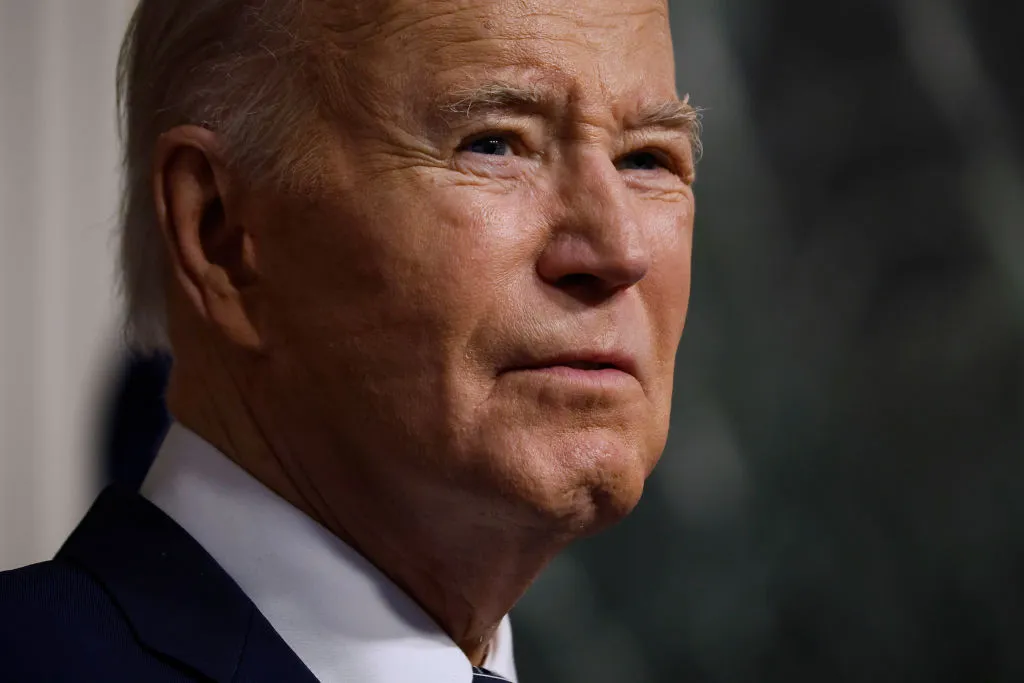

Leave a Reply